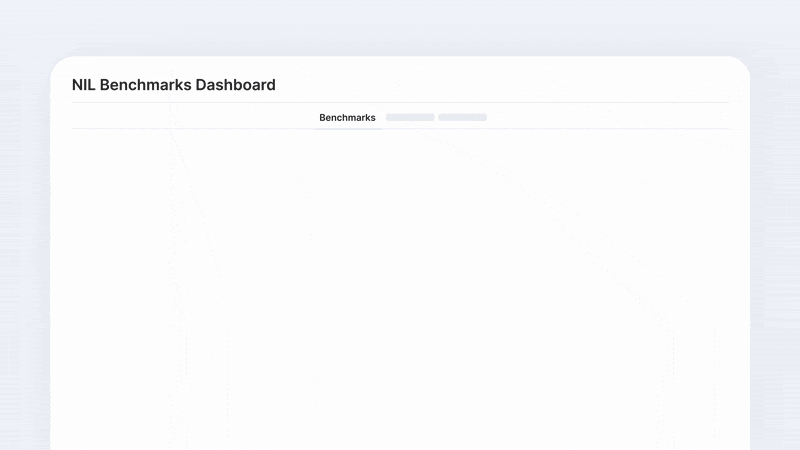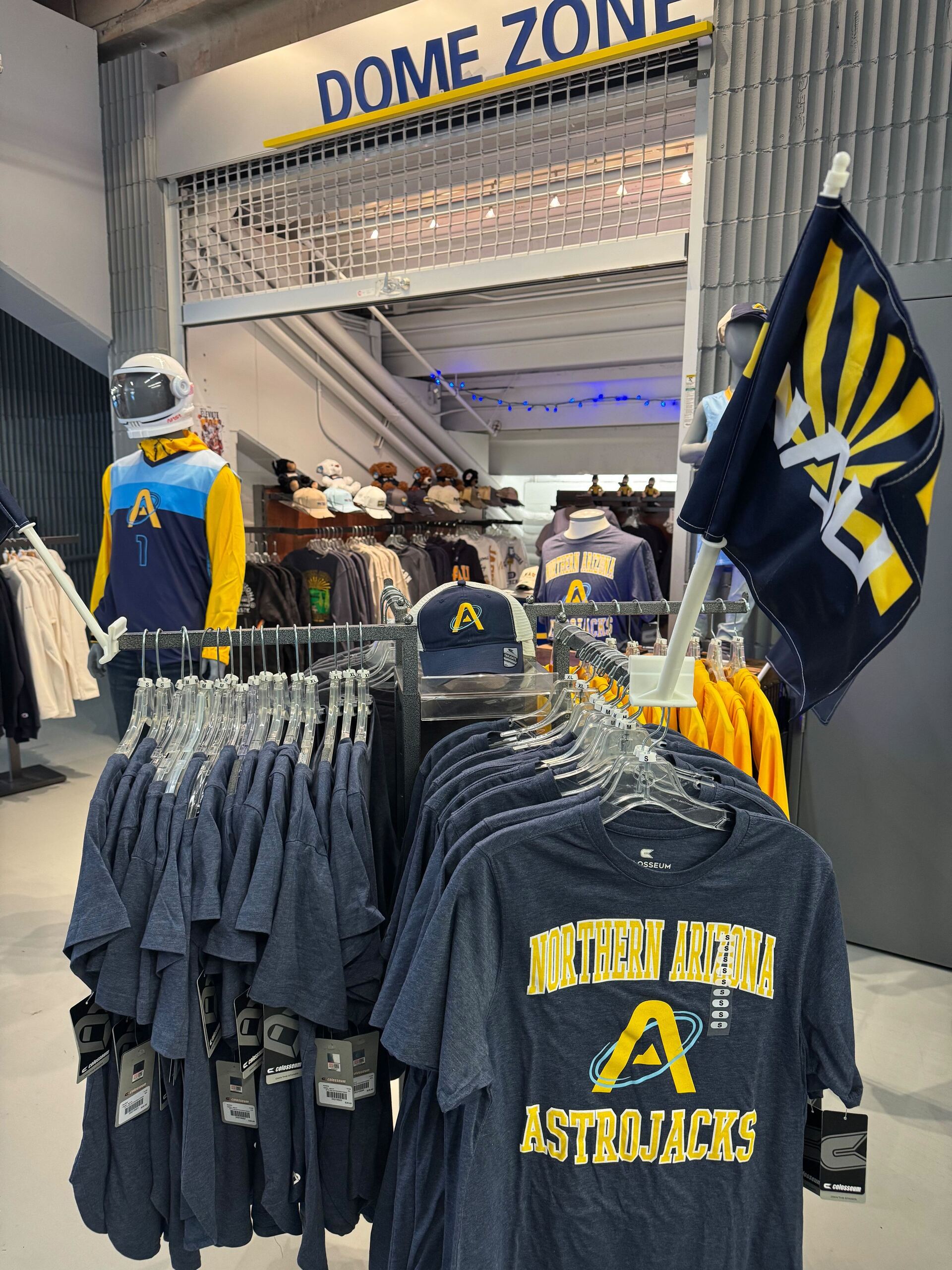Good morning, and thanks for spending part of your day with Extra Points.
A few weeks ago, we announced a new content series with Teamworks on how General Managers work. We’ve previously published newsletters that covered the specific skills needed to be successful as a P4 CFB GM, or what mid-major basketball GMs actually do.
It’s good to ask questions about the soft skills or day to day work for somebody working as a GM. But whether you’re at a big school or small school, football or basketball…eventually, somebody with the GM job title is going to have to sit down at a computer and…do the work.
But what does that actually mean?
Sure, part of the job is usually going to involve some level of talent evaluation. That means looking at game film, highlight film, and various player statistics. But the job may also involve processing player payments, handling contracts, constructing various roster management scenarios, chasing down brand-based NIL deals, and a ton of, uh, other duties as assigned.
Teamworks is trying to be the technology platform to handle all of that stuff, not just roster management.
Most D-I schools, and lots and lots of D-II programs, use Teamworks for at least something. The software company has one of the most popular solutions for athletic department Operations. That includes the software that handles camp management, athletic department physical inventory, travel logistics and academic progress monitoring.
It’s also a very common software tool for athletic department performance. If you walk into a weight room and see a strength coach holding a tablet somewhere, there’s a good chance that tablet is queued up to Teamworks software for individual athlete nutrition plans, strength training, load testing, and injury recovery.
The bet that Teamworks is making is that athletic departments will want a holistic tool for GM operations that can also talk to the other software tools already in use across the department. Because player personnel and roster management don’t just live in one silo, after all. Everything in college sports is interconnected on some level.

So what does that mean, actually, when we’re talking about roster management?
Let’s pretend we’re a P4 football program without infinite resources. Our hypothetical GM needs to be able to understand where their “payroll”, or revenue share, budget is being distributed…and how various recruiting scenarios could impact how they want to distribute those resources.
The Teamworks GM Suite allows users to do this, so coaches and staffers can understand how their budgets may change, depending on who hits the portal, or how other negotiations may go. If a team misses on targets 1, 2 and 3 at RB, maybe it makes sense to reinvest resources at other position groups, rather than overpaying for a reach of a candidate? The software lets everybody evaluate different possibilities.
It also makes it easier for everybody involved to understand where the money comes from. Moving forward, athletes are likely to be compensated in three major ways: From direct institutional payments, via their scholarships/Alston payments, and via outside deals (brand NIL, collectives, etc.).
Not every sport is likely to give full scholarships for every single athlete on the roster. So for say, a baseball player, getting apples to apples comparisons on what money is coming from what bucket, can be critical in evaluating different potential offers. It’s also very useful for coaches and staffers to understand what resources are available for each individual athlete.
This is where a unified software platform could be extra helpful.
If a coaching staff is trying to plan out position group budgets or backup plans, they may want to be able to look at player performance data, to help project what players may be able to put on more weight or develop on and off the field. They’ll want to understand where they could have academic eligibility concerns. They’ll want to make sure they are accurately projecting what their Two Deep looks like if certain players substantially over or underperform relative to their expectations.
Being able to plug everything together could help.
The other big potential benefit of a unified system? Getting everybody paid on time.
I’m going to let you guys in on a little college sports business serious professional secret. Getting paid by public institutions can be a hee-uge pain in the butt. Sometimes you have to jump through the paperwork hoops to become an approved university vendor, you might have to get paid by a completely different party…it can be a mess.
That doesn’t mean that we don’t like selling to universities. We do! But the unsexy business of payroll and vendor management can be a real problem.
It could also potentially be a problem for athletic departments. Using the Teamworks Wallet too, schools will be able to have their player contracts, payment processing, tax reporting and paperwork all in one central place. GM hits a button, players get paid, nobody has to get stuck with expensive credit card or bank processing fees. Bleep bloop.
That Wallet is also often the same tool that athletes can use for their brand-based NIL activity or other athletic related income, as well as the paperwork they need to file for compliance. We understand college students enough to know that every new app that needs to be downloaded or new account that needs to be set up only increases the chances that critical disclosures won’t be made. If everybody can simply use the stuff they’re already using, it’s more likely stuff gets done.
That saves money for players and schools, and lets staffers get back to focusing on the rest of their job, instead of payroll or invoicing.
But what if the world changes again?
I’m writing this newsletter operating on the assumption that the House settlement is eventually approved, and schools will share revenue largely as they expected a few months ago.
But will that be the case in a year or two? Will the “salary cap” system remain in place, or get thrown out completely? How involved will outside parties, like donor-driven collectives, actually be allowed to be? What if there’s a completely new revenue stream that gets established?
I can’t predict the future, and you know what? Neither can Teamworks. But the team is trying to future-proof their technology as much as possible by making their GM product and services as customizable and modular as they can. If coaches need to create new labels for revenue streams or to sort transfer targets, depending on how the regulatory environment changes? That’s possible in the Teamworks GM suite. Need to change the total possible budget, or add a new source of payroll data? That’s possible.
The hope is that by using a software tool that already plugs into everything else an athletic department is doing, and doesn’t require a complete software rebuild if and when the rules change again, GMs and everybody else touching front office software can get their work done a little bit faster and a little cleaner.
It’s hard enough getting all the people in higher education to talk to each other, from S&C to operations, enrollment to coaching. Teamworks is betting that software shouldn’t be one of those barriers.

















